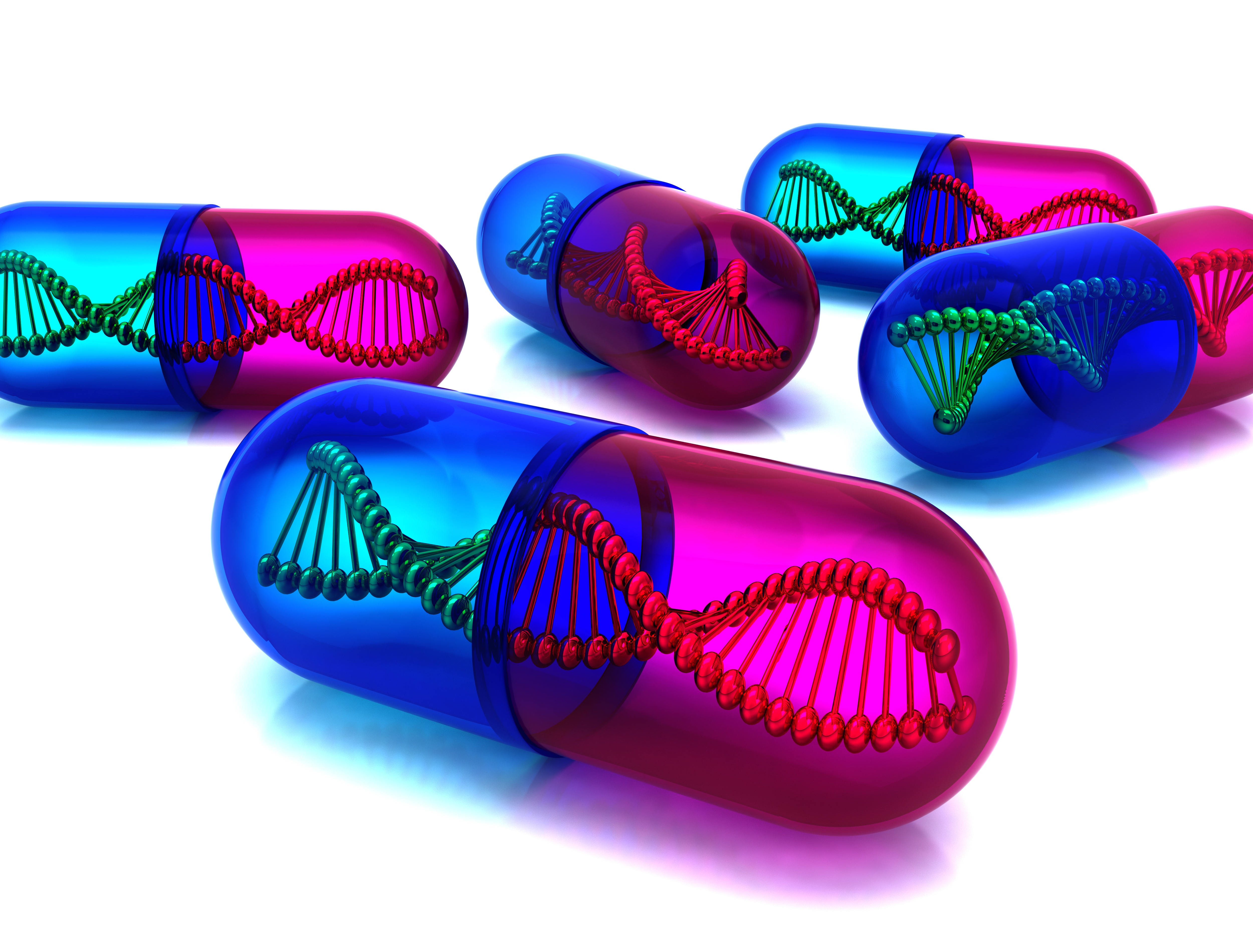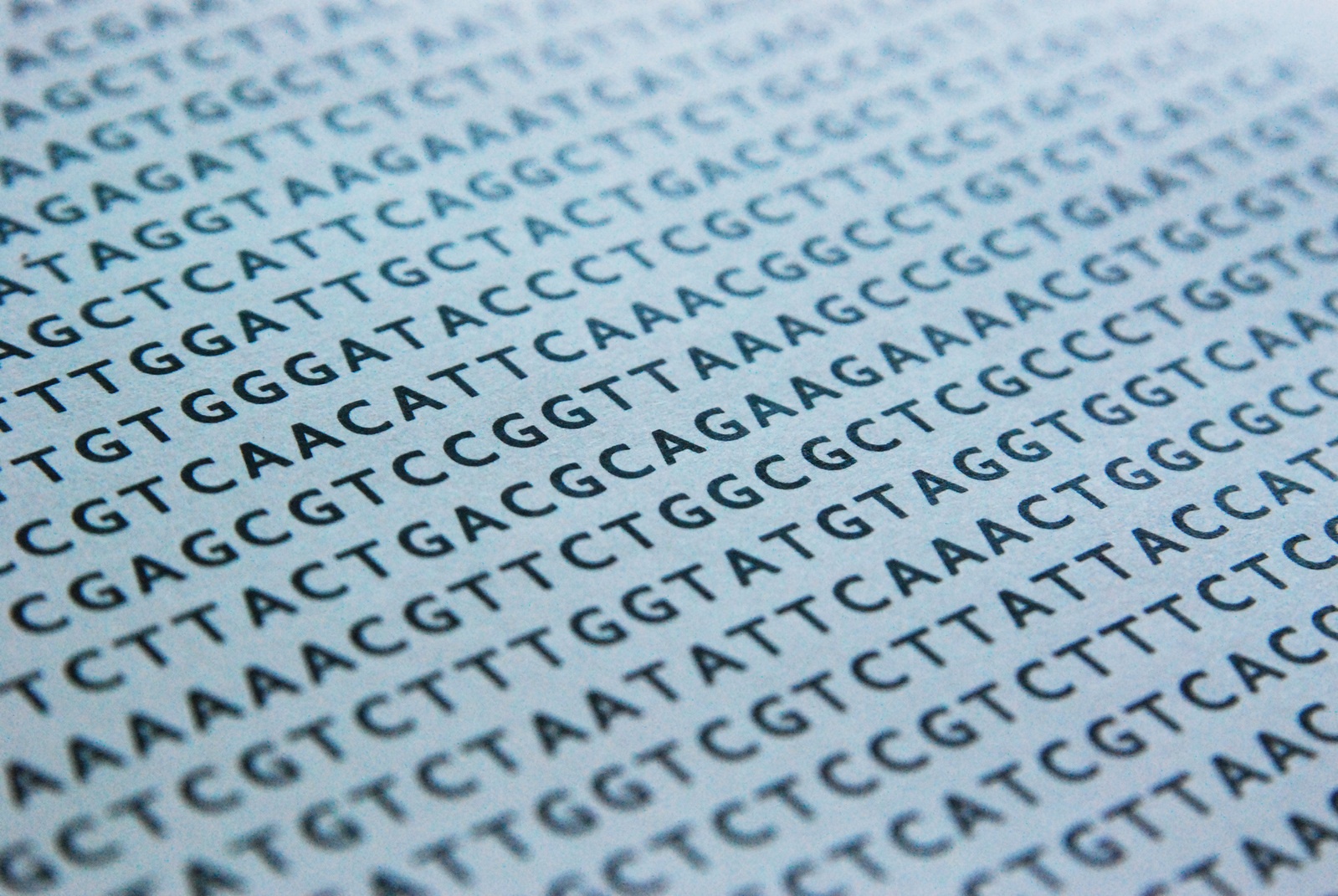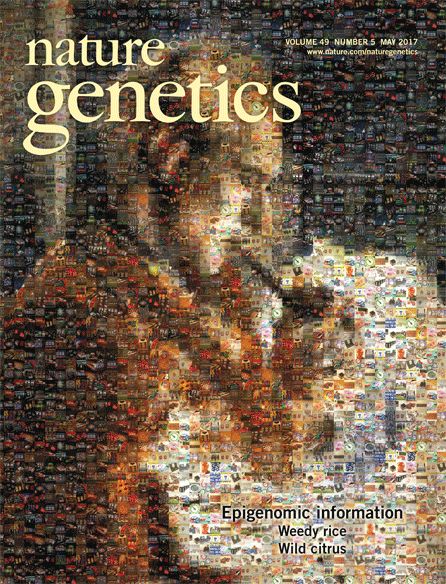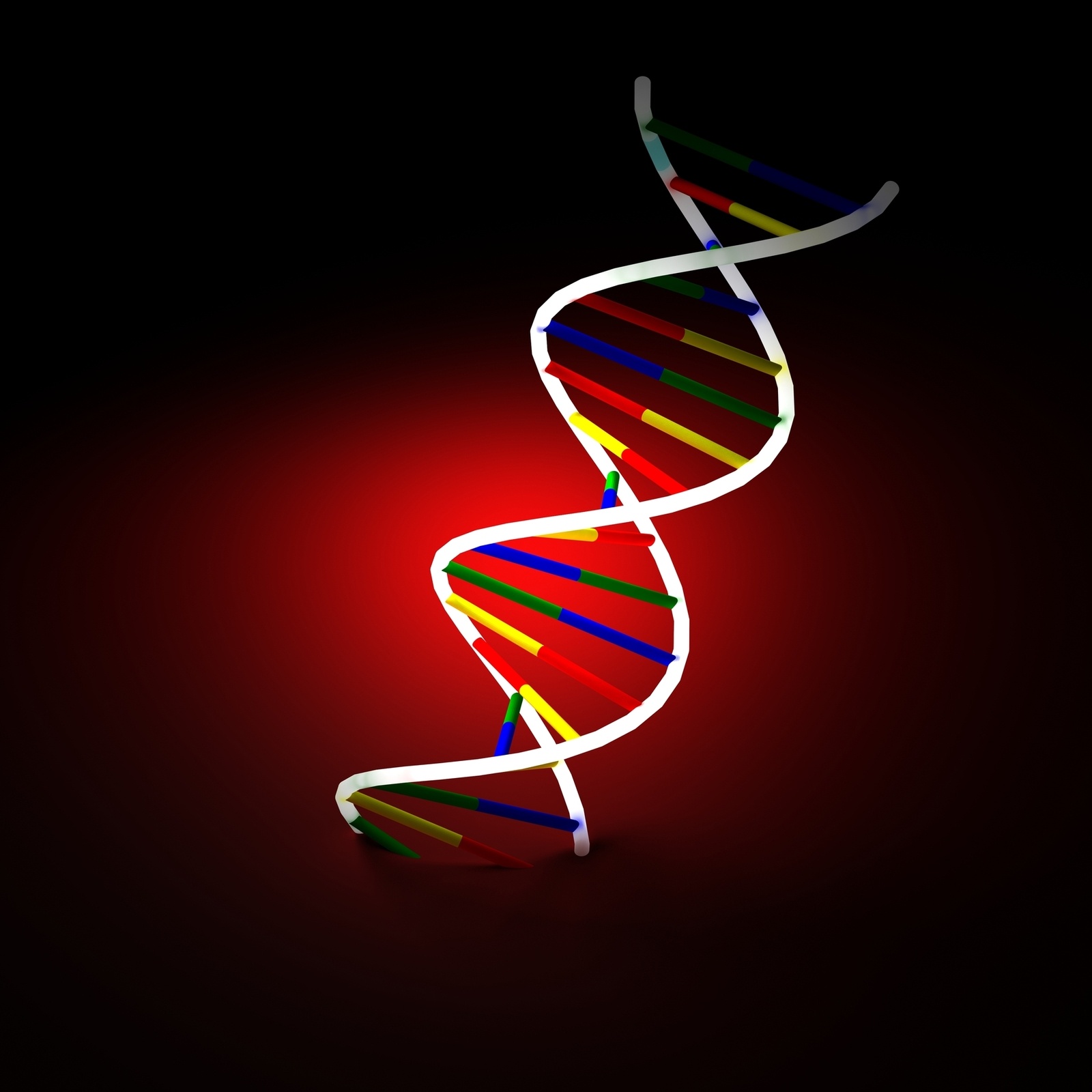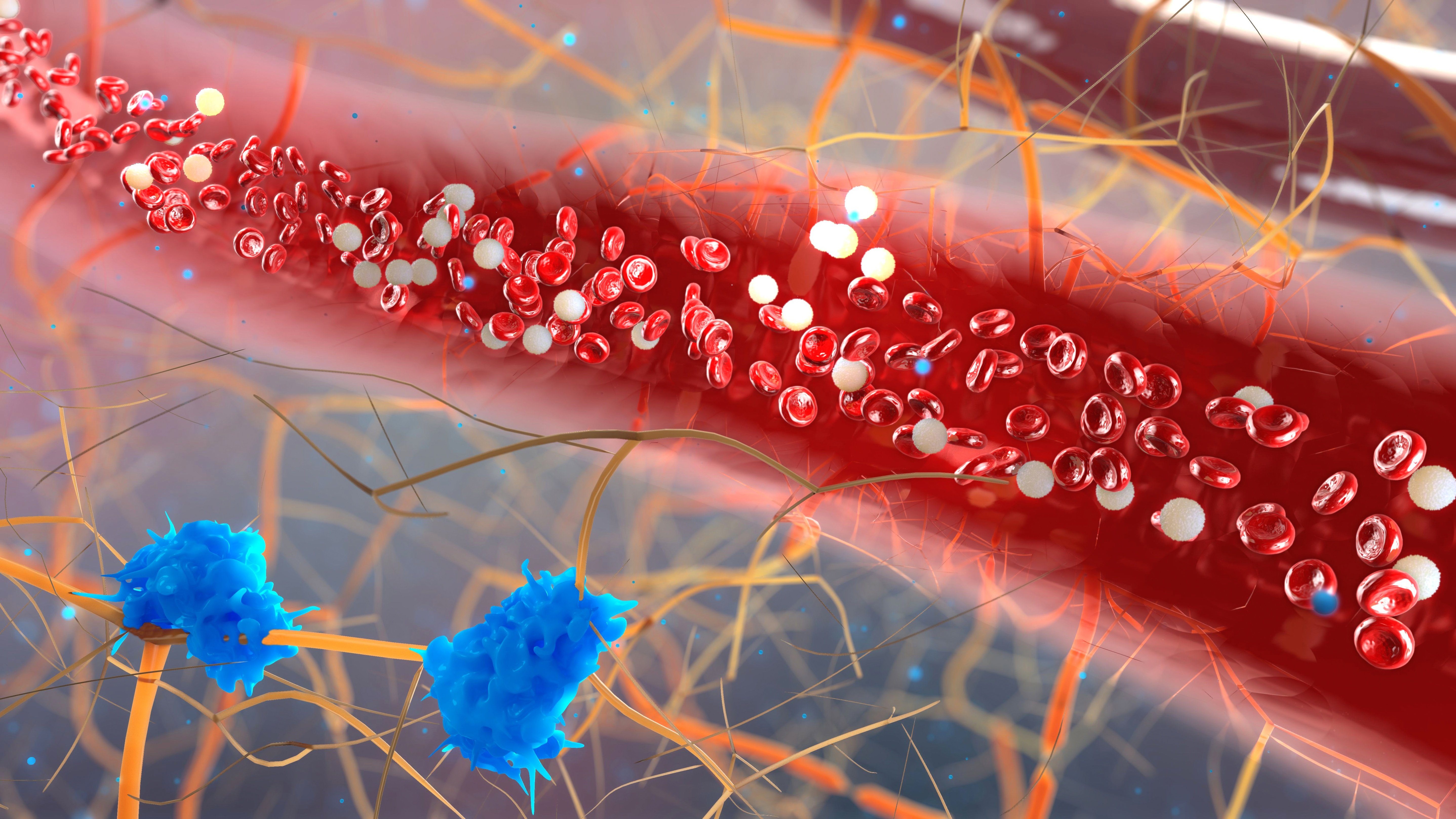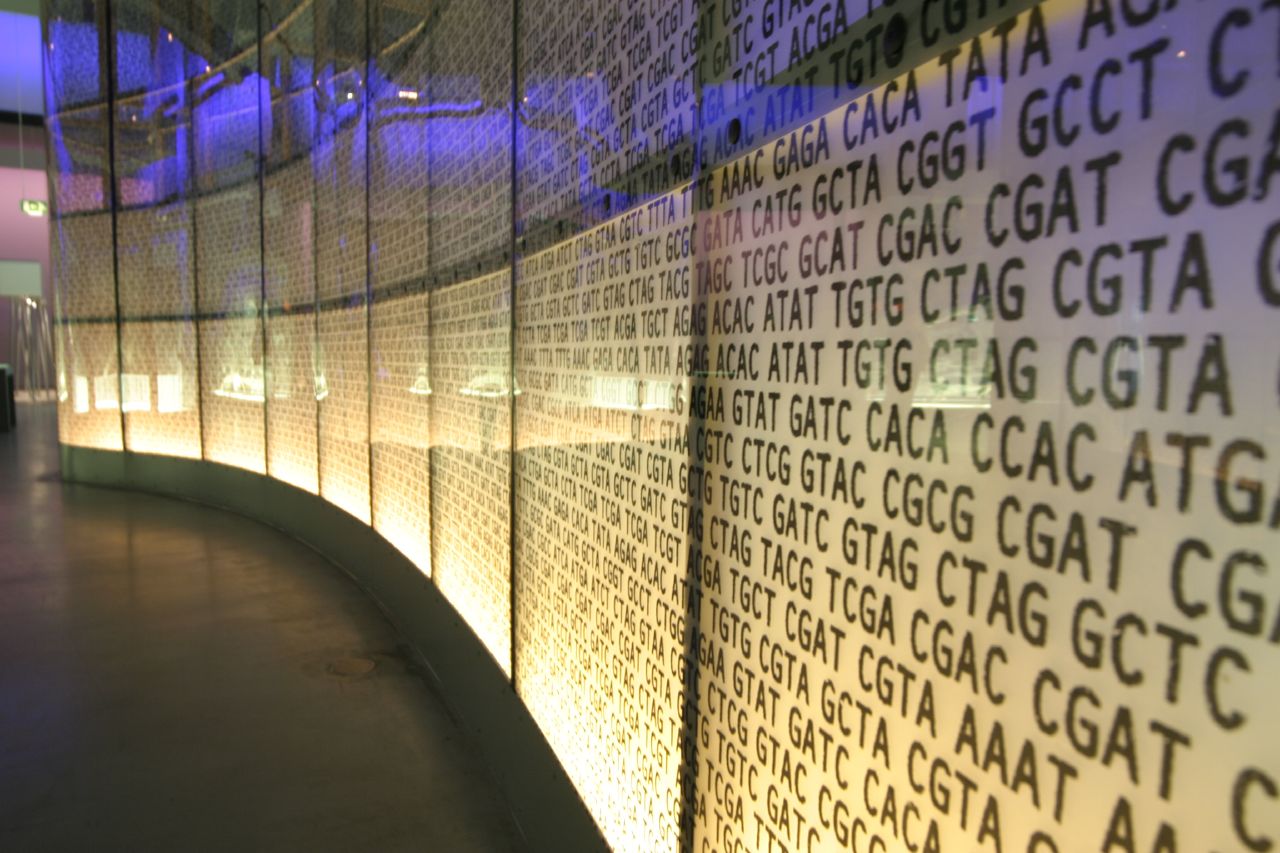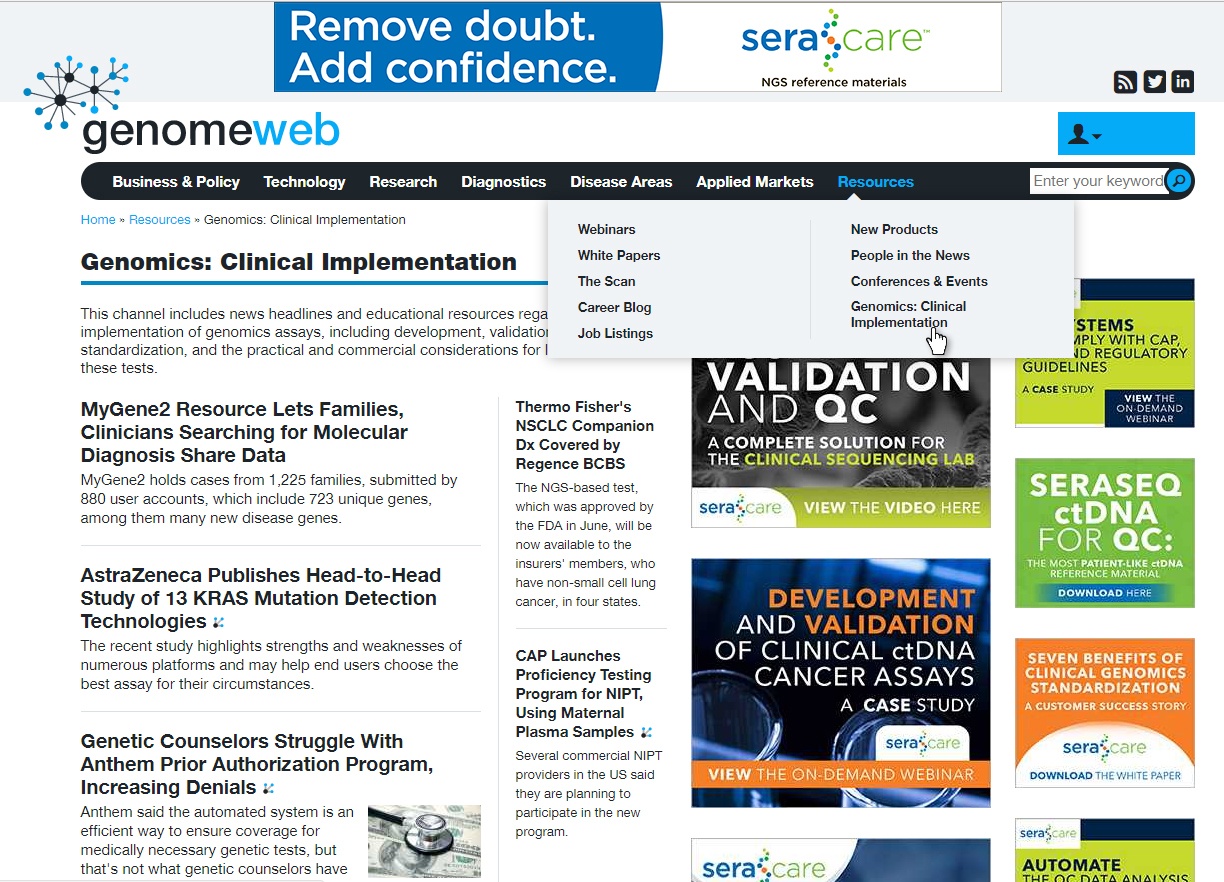Choose your Article Focus | NGS | Molecular & Serology
AMP Reference Material Forum: Themes and Highlights
Category: AMP, clinical genomics, reference materials
Posted by
Catherine Huang, PhD on Dec 22, 2017 12:00:00 AM
On November 14, 2017, AMP hosted a forum to discuss genetic testing reference material availability and needs. The forum attracted attendees including EQA providers, developers in industry and government, as well as scientists from clinical laboratories. Topics for discussion included reference material use and needs for assay validation, quality control, and proficiency testing. Throughout the talks, a few themes emerged and were discussed by multiple speakers.
0 Comments Click here to read/write comments
Higher Quality for Better QC
Category: Quality Management Systems
Posted by
Heather Buckley on Dec 15, 2017 12:00:00 AM
For over 30 years, we have dedicated ourselves to helping IVD developers and clinical laboratories ensure the quality of their assays. So when the opportunity arose to enhance our own quality standards, we jumped on it. Heather M. Buckley, VP, Quality & Regulatory Affairs
0 Comments Click here to read/write comments
As to Myeloid Diseases, Make a Habit of Three Things
Category: myeloid cancer reference materials, NGS
Posted by
Ram Santhanam on Dec 13, 2017 12:00:00 AM
Previously, we wrote about the unique capabilities that next-generation sequencing (NGS) offers the oncology clinic. NGS could mark the beginning of a shift away from “single-site” technologies such as FISH and PCR-based testing, in favor of comprehensive screening across many different targets at once.
0 Comments Click here to read/write comments
3 Steps for Building a Bulletproof Clinical NGS Assay: Step 3
Category: qc management, NGS, RNA fusion
Posted by
Russell Garlick, PhD on Dec 8, 2017 12:00:00 AM
What does it mean for an NGS assay to be bulletproof and why does your lab need it? In two previous blog articles (parts one and two), we’ve talked about the factors that go into making NGS assays that doctors can rely on to deliver targeted, lifesaving therapies to their patients. Bulletproof assays are the tests that make your lab a trusted name in the NGS field, a leader in a rapidly-growing market. But, as we’ve written, genetic sequencing is complex, expensive, and time-consuming. Therefore, finding ways to do it more efficiently, while maintaining the quality of your tests, is in the best interests of your lab and its customers. As a refresher, here are the three steps for building a bulletproof clinical NGS assay: Consulting with experts Outlining your validation and quality control (QC) strategies together Evaluating reference material options We’ve already covered the first two steps. In this article, we’ll look at the third one. Choosing the right reference material technology can help control the high validation and running costs of highly multiplexed assays.
0 Comments Click here to read/write comments
AMP 2017 Highlights: The Epigenetic Basis of Common Human Disease
Category: AMP, clinical genomics
Posted by
Catherine Huang, PhD on Nov 30, 2017 12:00:00 AM
The Association for Molecular Pathology Meeting (AMP) was held this year in Salt Lake City, Utah on November 15-18. For me, one of the highlights of this year’s meeting was the lecture given by Dr. Andy Feinberg, who is a professor at Johns Hopkins University School of Medicine Center for Epigenetics and the winner of the AMP award for Excellence in Molecular Genetics. Dr. Feinberg spoke on “The Epigenetic Basis of Common Human Disease.” He defined epigenetic changes as stable, heritable, modifications of the genome that are not based on actual sequence changes. These epigenetic changes can be modifications of either the DNA, or the DNA associated factors that are maintained through cell division. Examples include DNA methylation, particularly at CpG islands, histone tail modifications, nucleosome remodeling and changes in higher order chromatin structure (such as compaction). Stochasticity mosaic painting by Andy Feinberg, after a portrait of Conrad Waddington by Ruth Collet, was featured on the cover of Nature Genetics May 2017 Volume 49 No 5.
0 Comments Click here to read/write comments
3 Steps for Building a Bulletproof Clinical NGS Assay: Step 2
Posted by
Russell Garlick, PhD on Nov 14, 2017 12:00:00 AM
As the use of genetically targeted cancer therapies becomes mainstream, the demand for reliable NGS assays is skyrocketing. To help doctors personalize treatments to their patients’ genetic profiles – and to stand out from the competition – clinical laboratories like yours are constantly looking for ways to create more accurate, more comprehensive assays. We call this the quest for the elusive “bulletproof” assay – one that exhibits the highest performance and reliability in delivering patient results. Because NGS assays are so complex, involving a dizzying number of genes, mutation types, and options for sequencing and bioinformatics, the bulletproof assay is no easy feat. But it can be done. As we wrote in our last blog post, there are three key steps: Consulting with experts Outlining your validation and quality control (QC) strategies together Evaluate reference material options In this article, we’ll discuss step two: strategically outlining the NGS assay validation study and QC plan together. Doing the validation study and QC plan at the same time will give your lab the highest probability of achieving a functioning assay with high quality: Validation results set assay performance A well-designed QC management system will make sure the assay stays within specifications QC tracking and trending will also provide early indicators of assay drift or potential failure
0 Comments Click here to read/write comments
The First Comprehensive Myeloid Cancer Reference Materials for NGS Assays
Category: myeloid cancer reference materials, NGS, reference materials
Posted by
Ram Santhanam on Nov 8, 2017 12:00:00 AM
Myeloid cancers are “liquid” tumors that arise from the blood and bone marrow. These diseases have undergone greater study and characterization than perhaps any other type of cancer, largely due to the ease of accessing these cancer cells via a blood draw rather than a tissue biopsy, as for solid tumors. There are many different types and subtypes of these malignancies that are known to be caused by mutations in genes that encode proteins involved in cell signaling, transcription, epigenetic regulation, and splicing1. Before next-generation sequencing became available in the hematology/oncology clinic, high-resolution genetic analysis of myeloid cancers relied primarily upon site-specific methods such as Fluorescence in Situ Hybridization (FISH) and PCR-based assays. And, while other methods such as karyotyping and array comparative genomic hybridization are indeed able to survey large genomic rearrangements and copy number changes across the entire genome, these methods lack the resolution required for detection of many mutations that are important for myeloid cancers.
0 Comments Click here to read/write comments
3 Steps for Building a Bulletproof Clinical NGS Assay: Step 1
Posted by
Russell Garlick, PhD on Oct 31, 2017 12:00:00 AM
As next-generation sequencing (NGS) has advanced and doctors have learned to match therapies to specific tumor genotypes, genetic profiling of newly diagnosed cancer has become standard practice. As a clinical laboratory director or scientist, you want to make sure doctors and patients are working with the best diagnostic results. That means making strategic technology choices and sourcing decisions when choosing NGS assays, sequencing platforms, and bioinformatics pipelines. Often, the first decisions you make are the most important, as they have lasting effects on patient care and your lab’s ability to compete in the exploding NGS market. But adopting an NGS technology is not like adopting any other new method for a clinical lab – not when you consider the number of genes and gene regions that are sequenced, the complexity of types of driver mutations, and the myriad of sequencing schemes and bioinformatics platforms available. Because creating a new NGS assay is so complex, it will take us three blog articles to explain all the factors that should play into your decision-making process. As you’ll learn, there are three critical steps for building a “bulletproof” NGS assay: Consult with experts Outline your validation and quality control (QC) strategies together Evaluate reference material options What do we mean by bulletproof? A bulletproof NGS assay is one that exhibits the highest performance and reliability in delivering patient results. If you want every assay your lab develops to be bulletproof, read on.
0 Comments Click here to read/write comments
Clinical NGS Assay Developers: Eliminate Your Specimen Search Headaches
Posted by
Trevor Brown on Oct 24, 2017 12:00:00 AM
There comes a point during the development of every NGS assay at which you want to make sure it will reliably detect everything you say it can. You want its real-world performance to match your claims. That means fine-tuning your development protocol — from specimen handling, to nucleic acid extraction, to library prep — against a range of variants and allele frequencies to make sure your early-stage assay picks them all up. Only after doing so can you move the assay on to the costly validation phase. Naturally, to replicate real-world scenarios, many developers instinctually turn to real patient samples. But the truth is, if you’re only subjecting your assay to the patient samples your lab has on-hand — or even ones you procure from colleagues or biobanks — you’re not exposing your assay to a wide enough range of variants and conditions to ensure its performance. Plus, you may be costing your lab money and time: Development delays can allow another lab to launch their assay before yours. Not using robust enough reference materials can lead to your assay not meeting performance claims in production. While there is clearly a need to evaluate assays with real specimens tested on orthogonal methods, in the development phase multiplexed truth sets such as biosynthetic NGS reference materials are superior to patient specimens. Here are three reasons not to trust remnant patient samples alone for assessing your clinical NGS assay’s workflow.
0 Comments Click here to read/write comments
A New Focus on Implementing Clinical Genomics
Category: clinical genomics, NGS
Posted by
Trevor Brown on Oct 20, 2017 12:00:00 AM
For many years, next-generation sequencing (NGS) made headlines with researchers promising unprecedented breakthroughs in medical diagnostics. But the clinical impact was always explained as being a few years and more large-scale studies away from reality. In 2010, forward-thinking academics forecasted whole-genome sequencing in a matter of hours for only $30 (right around that same time, a Stanford researcher sequenced his own genome for less than $50,000 – a record low at that point).
0 Comments Click here to read/write comments



